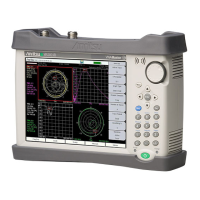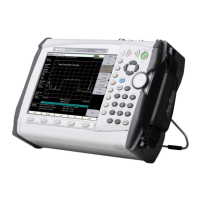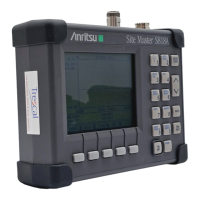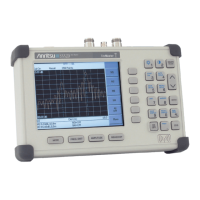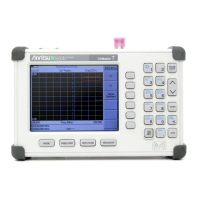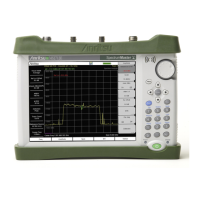Glossary of Terms
MS20xxC UG PN: 10580-00305 Rev. L H-3
Band Pass Filter : A Band Pass Filter is a radio wave filter with a specific range of
frequencies in which it is designed to pass. It rejects frequencies outside
the pass-band range. A resistor-inductor-capacitor circuit is an example
of a Band Pass Filter.
Bandwidth : Bandwidth usually identifies the capacity of a circuit or amount of data
that can be sent through a given circuit. It may be user-specified in a
PVC. It is an indication of the amount of data that is passing over a
medium. Also, bandwidth is the portion of the frequency spectrum
required to transmit desired information. Each radio channel has a
center frequency and additional frequencies above and below this
carrier frequency which is used to carry the transmitted information.
The range of frequencies from the lowest to the highest used is called
the bandwidth.
BER : Bit Error Rate or Bit Error Ratio (link quality specification/testing)
(BER) is a measure of transmission quality. The ratio of error bits to the
total number of bits transmitted. A bit error rate of 10-6 refers to an
average of one error per million bits. It is generally shown as a negative
exponent, (for example, 10-7 which means 1 out of 107 bits are in error
or 1 out of 10,000,000 bits are in error). Bit Error Rate is the fraction of
a sequence of message bits that are in error.
BERT : Bit Error Rate Test/Tester (BERT) is a test that gauges the quality of
the T1 or digital line. By sending a known pattern to another device
across the span, the far end device can compare incoming pattern to its
own, thereby indicating bit errors on the line.
Broadband : Broadband refers to telecommunication that provides multiple channels
of data over a single communications medium, typically using some
form of frequency or wave division multiplexing. It is a service or
system requiring transmission channels capable of supporting rates
greater than the Integrated Services Digital Network (ISDN) primary
rate.
